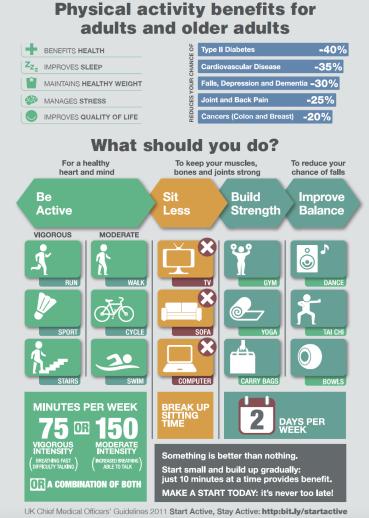De Quervain’s syndrome
Dealing with De Quervain’s
Simple activity modification
It’s important to continue, where you can, your normal daily activities including social, work-related and hobbies. You may need to modify the way that you carry out these activities for a temporary period of time.
The tendon may be more sensitive to some movements, so you may find it beneficial to take breaks from any prolonged activity or position which aggravates your symptoms.You may be able to modify your activities to reduce strain on the area, here are some examples of how to do this:
- Try keeping the thumb relaxed against the index finger when gripping (rather than stretching the thumb to grip).
- Try to use your whole palm when you’re handling/lifting items.
- Use both hands to lift heavier items.
Modifying your activities for new mothers/ childcare providers
- Try scooping your baby up using your palm and forearm instead of lifting your baby with the thumb extended.
- If you have a sling available this can take the weight off your hands.
- If you are finding bottle feeding painful, try a bottle with a handle.
- If breastfeeding, try to relax your thumb and wrist once you have positioned your baby. Use pillows to support the baby’s weight.
- Avoid steering a buggy one handed.
- Push a buggy with the thumb beside the index finger instead of wrapping it around the handle.
Use of thumbs splints
Using a wrist/thumb splint, which can often be obtained from a sports shop or a pharmacy. It needs to immobilise the thumb as well as the wrist. Continual usage is not recommended as this will make the wrist stiff and weak. Use it for activities which may be aggravating such as heavy lifting or repetitive lifting, gripping, or twisting motions of the hand or thumb.
Your lifestyle
A healthy body = a healthy tendon. Habits like eating a healthy varied diet, low in processed foods, regular activity, stopping smoking (if you currently smoke) and being a healthy weight can speed recovery.
Be active
General exercise is positively encouraged as this is a natural pain reliever. There is no set approach that has been shown to be the best so feel free to try different types of exercise and activity. Be guided by what you enjoy and what you feel able to start. It can be any type of activity and not specific to the hand/wrist to still get pain relieving benefits. An example may be a brisk walk, a bike ride or an aqua-aerobics class.
If you are local to Sheffield and you would like support to increase your physical activity, then you can:
- Self-refer to Move Well for personalised support and access to a wide range of physical activity opportunities, tailored to your specific needs and preferences.
- Find sport, leisure and activity groups in your local area.
- Visit our page on physical activity under the wider health section of the website for further guidance and support to increase your activity.
Ice or Heat therapy
Ice packs
Ice can numb pain. Apply an ice pack (or frozen vegetables wrapped in a towel) for up to 10 minutes, 2-3 times a day.
Heat packs
A warm pack can help ease muscle tightness and pain. Use a microwaveable wheat bag or hot water bottle wrapped in a towel for 15-20 minutes, 2-3 times a day. Avoid using heat on swollen areas.
Pain medication
Pain medication can help you stay mobile. Consult your GP or pharmacist for advice.
Further Treatment
Physiotherapy
If your symptoms do not improve, then we recommend that you see your GP as you may need a referral to see a physiotherapist. A more individualised rehabilitation programme and/or a splint may be helpful if your symptoms aren’t settling with these home-based treatments.
Steroid injections
Research has found that injections can help reduce pain and improve function for De Quervains. There are some side effects to also consider such as a change in skin colour and break down of the fat in the area. Your healthcare professional can discuss the pros and cons of such options with you or refer you to an expert in this area if needed.
Surgery
Fortunately, the vast majority of people improve with conservative treatment alone; however, if symptoms persist then your healthcare provider will be able to discuss the suitability of surgery.
